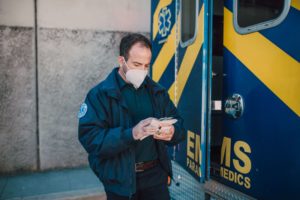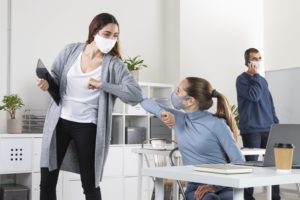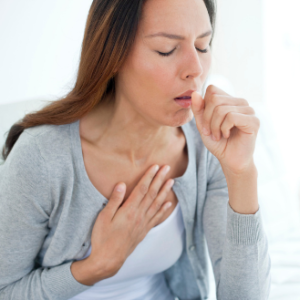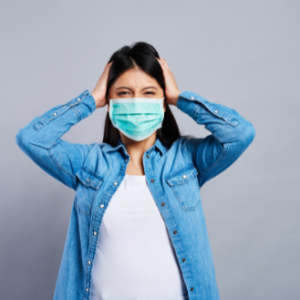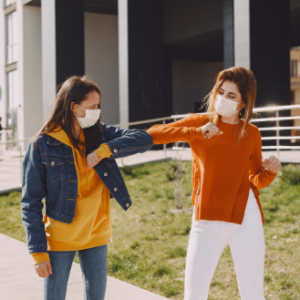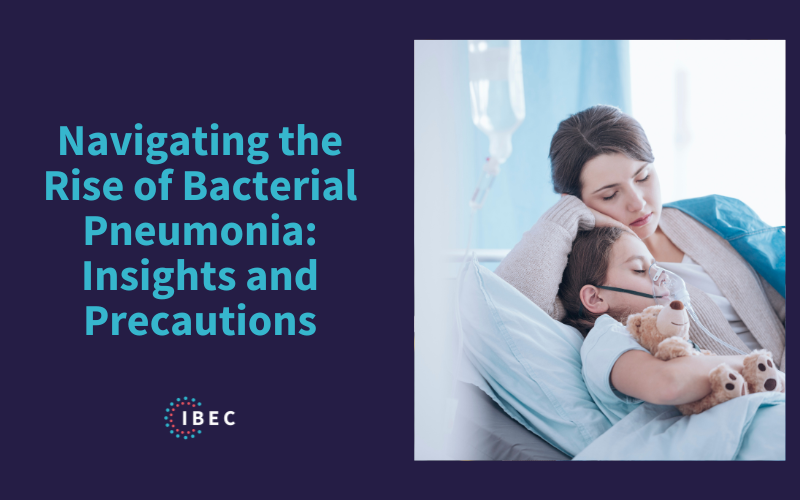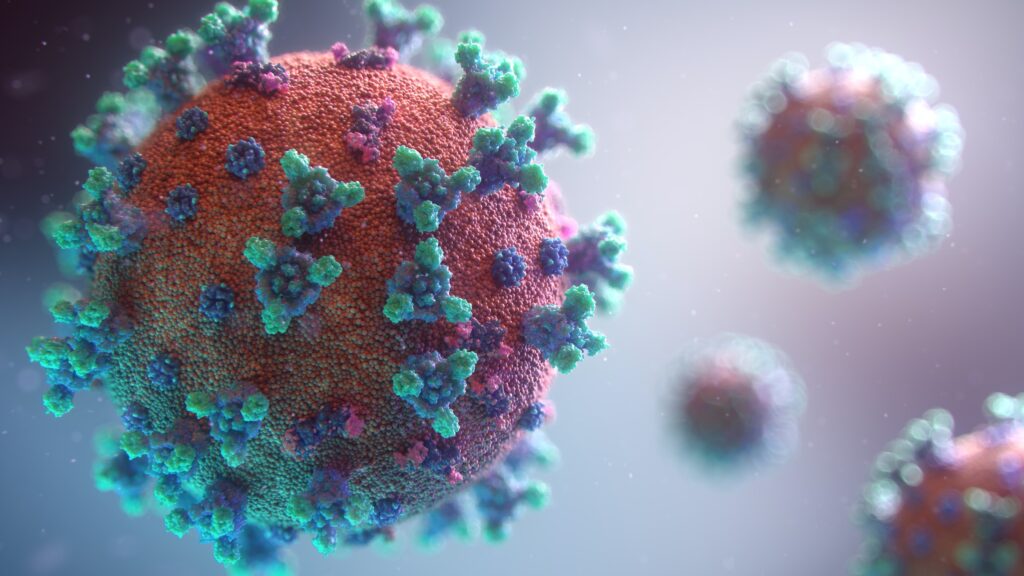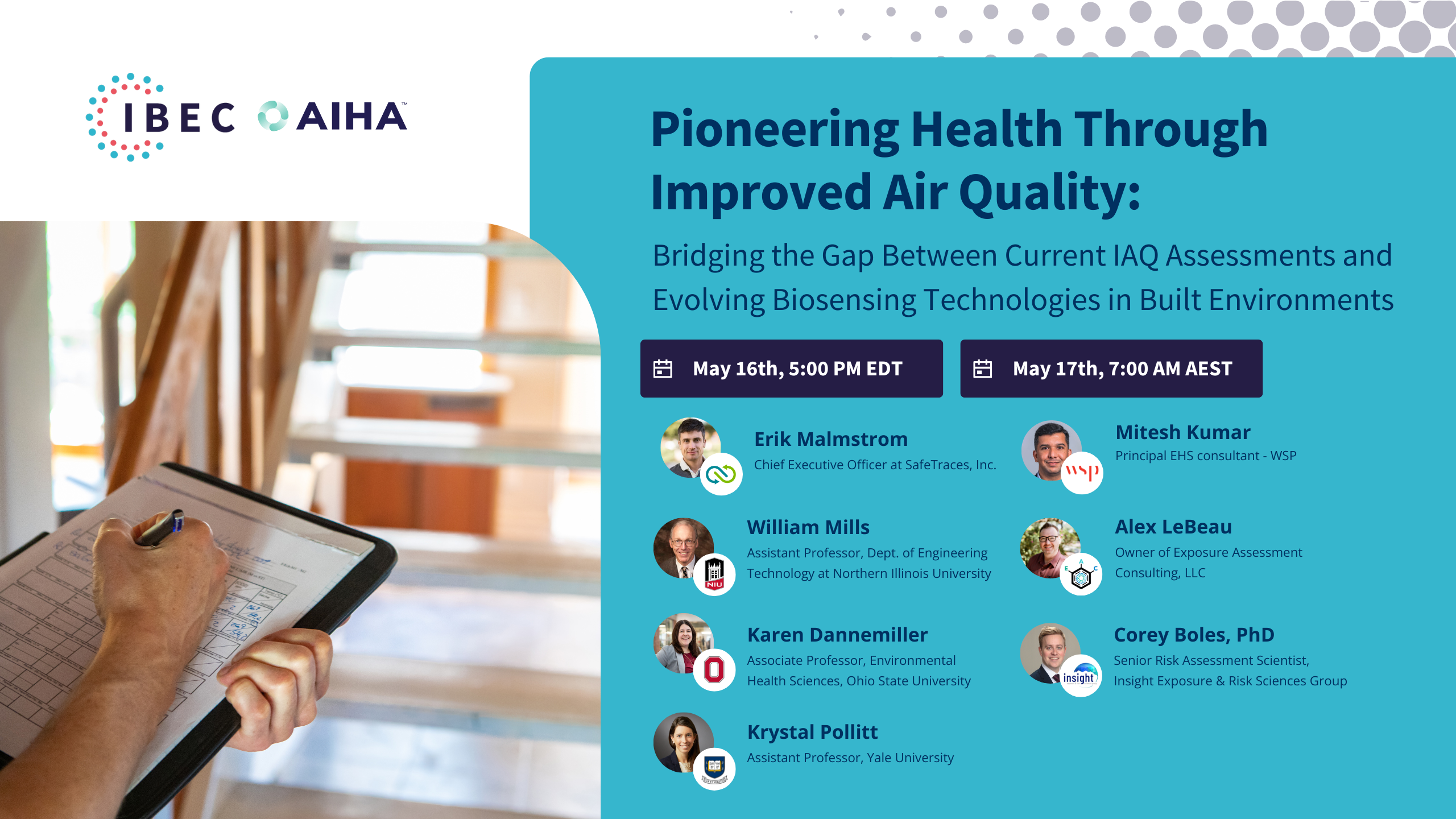C.L.E.A.N. Lessons Learned: How to protect the healthcare system from current and future pandemics
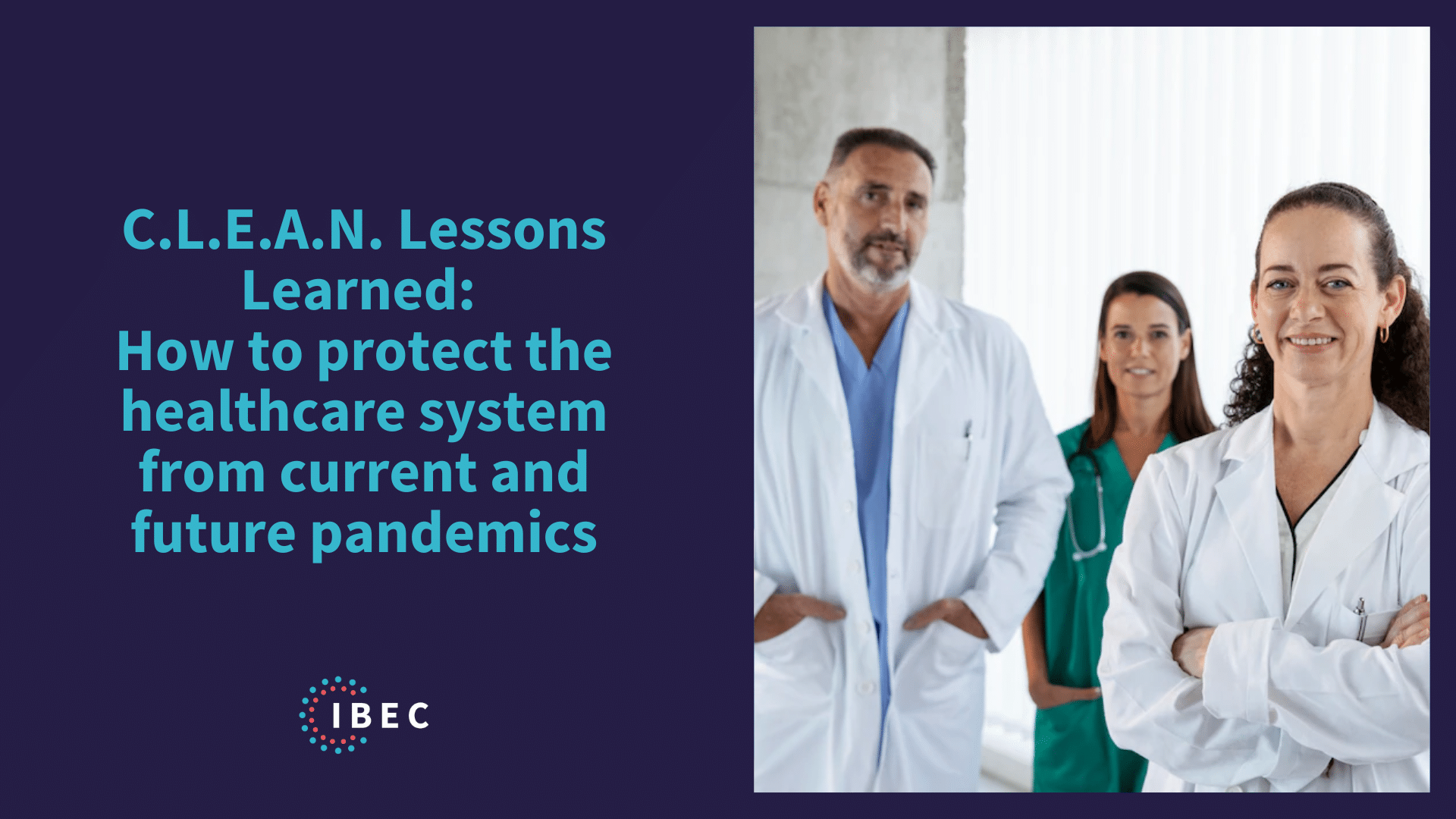
The COVID-19 pandemic caught the world off guard. Health organizations all over the globe rushed into a quick response to protect people from the threat of the airborne virus. Looking back, what changes would we have made to this response to make it more effective?
With newly surging cases of COVID-19, RSV, and the flu, we must take a step back and look at how different choices would have made a big difference in the outcome of the pandemic.
On November 2022, IBEC gathered a panel of experts to identify and discuss those decisions that made the response to COVID-19 cumbersome and sometimes ineffective, with the aim of protecting our healthcare system from future infectious disease threats.
The experts:
- Moderator:
- Sonya Stokes – Medical Director at Mount Sinai Health Partners PC.
- Speakers:
- Randy Rowell, M.Ed. – Building Partnerships. Strengthening Relationships.
- Laurence Svirchev, CIH, MA – Certified Industrial Hygienist (CIH), Earthquake Disaster Scientist, Scientific Manuscript Editor.
- Ted Cowan – Senior Recovery Specialist at DCMC Partners.
- Ranit Chatterjee, PhD – Disaster Management Professional.
5 key takeaways:
1. Dusting-off pre-pandemic plans.
When the COVID-19 pandemic started, multiple US states didn’t get the pandemic response plans off the shelves. Unfortunately, that greatly impacted the state’s ability to respond effectively because they weren’t looking at the things they had planned for ahead of time.
Lesson to be learned: Having pre-pandemic plans and resorting to them as soon as disaster strikes is a must-follow practice in current and future pandemics.
2. Considering the entire disaster cycle.
The plans deployed when COVID-19 started surging focused the response on how to mitigate the risk of infection. However, it did not consider how the entire disaster cycle would actually work and how one step can lead to the other.
Although the disaster cycle involves mitigation, it also includes factors such as preparedness, response, recovery, and prevention. These are important steps that need to be considered in any disaster response.
Lesson to be learned: We must consider the entire disaster cycle and its implications for current and future pandemic responses.
3. Considering the multifactorial nature of a disaster.
COVID-19 was considered a health emergency, and while the whole healthcare machine was working, it left out other vital stakeholders who were responsible for supporting the healthcare machine.
In a disaster such as a pandemic, it’s vital to take a multisectoral approach and involve experts from different sectors from beginning to end.
Lesson to be learned: For current and future pandemic responses, we must consider the multisectoral nature of a disaster.
4. Considering the post-epidemic long-term psychological and physiological effects.
Most of the action plans deployed for the COVID-19 pandemic did not consider the post-epidemic’s long-term psychological and physiological effects.
We need to consider not only the current issues but also the aftermath of those issues and the implications on an individual and collective level.
Lesson to be learned: For current and future pandemic responses, we must consider the post-epidemic long-term psychological and physiological effects.
5. Considering the supply chain.
One of the important things to emphasize in the US is that health systems do not manufacture products. They do not typically have a huge warehouse of medical supplies.
There is a need to connect the entire healthcare supply chain, which relies heavily on all different aspects of distributors, manufacturers, logistics, transportation, and other services to source their supplies.
Lesson to be learned: We must strengthen our healthcare supply chain resiliency for current and future pandemics.
Future steps to protect our healthcare force from current and future pandemics:
- Define the entire care pathway.
- Strengthen this pathway from screening, testing, and diagnosis to treatment, recovery, and rehabilitation.
- Improve data collection, disseminate data, and reach out to at-risk populations.
- Have more innovative public-private partnership models where we bring in various stakeholders.
Do you want to watch the full recording?
Watch past C.L.E.A.N. events here
Help IBEC continue its mission of making indoor spaces safer from infectious diseases.
Related Blogposts
NIOSH Hierarchy of Controls for Public Transport
In our latest CLEAN Lessons Learned Session – Making Confidence Our Travel Companion: Managing the environment to reduce public transport transmission, we discussed how the…
How to Protect first responders from the Spread of Covid-19
After the impact of COVID-19 on our society, it has become evident that one of the industries whose workers are most affected is first responders.…
How to Protect teachers and educators from the Spread of Covid-19
It’s not a surprise that one of our society’s most affected industrial sectors is the education sector. Despite the 2020-21 academic year ending better than…
How to Protect Agriculture Workers from the Spread of Covid-19
The construction industry has been significantly affected by the COVID-19 pandemic while being challenged to improve its workforce safety and well-being. Since COVID-19 started, there…
Interview with J. Frederick: COVID-19 and vulnerable workers
Since COVID-19 started, we have been looking for the right resources and standards to navigate our experience in the world safely. All over the world,…
How To Improve Indoor Air Quality – An OSTP Discussion on COVID
The Biden-Harris Administration identified improved indoor air quality as an essential tool to fight the spread of airborne diseases in the American Pandemic Preparedness Plan…
Why Did It Take So Long To Accept COVID Is Airborne?
This is an extract from our August CLEAN Lessons Learned session “Getting Serious About Airborne Infection Transmission” where Dr. Lidia Morawska gave a presentation about…
Top Guidelines To Follow In The COVID-19 Era
This is an extract of our CLEAN Lessons Learned September session: Resilience, Recovery, Return: Getting back to School Confidently and Safely. To have access to…
COVID 19 Crisis Response, Mental Fatigue & Resilience
This is an extract from our October CLEAN Lessons Learned session “Reducing Exposure to COVID-19: The Human Factors” where Dr. Melissa Marot gave a presentation…
Beyond COVID-19
Strategies to go beyond COVID-19 with Dr. Lidia Morawska.
- « Previous
- 1
- 2
Interdisciplinary Collaboration in Environmental Science: Pioneering Health Solutions with IBEC’s New CSO
The Integrated Bioscience and Built Environment Consortium (IBEC) proudly introduces its new Chief Scientific Officer (CSO), Stephane…
Navigating the Rise of Bacterial Pneumonia: Insights and Precautions
Navigating the Rise of Bacterial Pneumonia: Insights and Precautions As winter’s chill sets in, health professionals and…
New COVID-19 Variant JN.1 Raises in the United States
JN.1 is a highly contagious, fast-spreading subvariant of omicron that has become the dominant strain in the…


